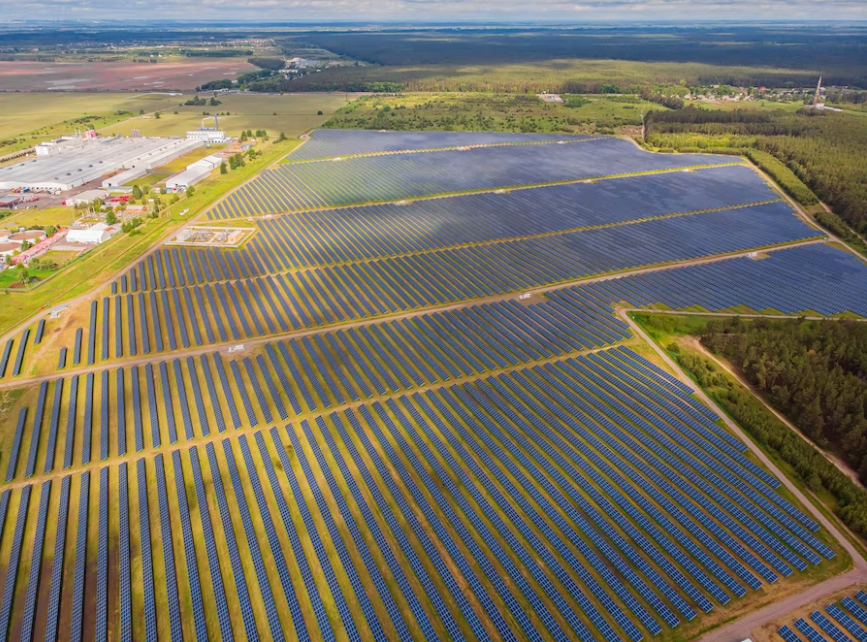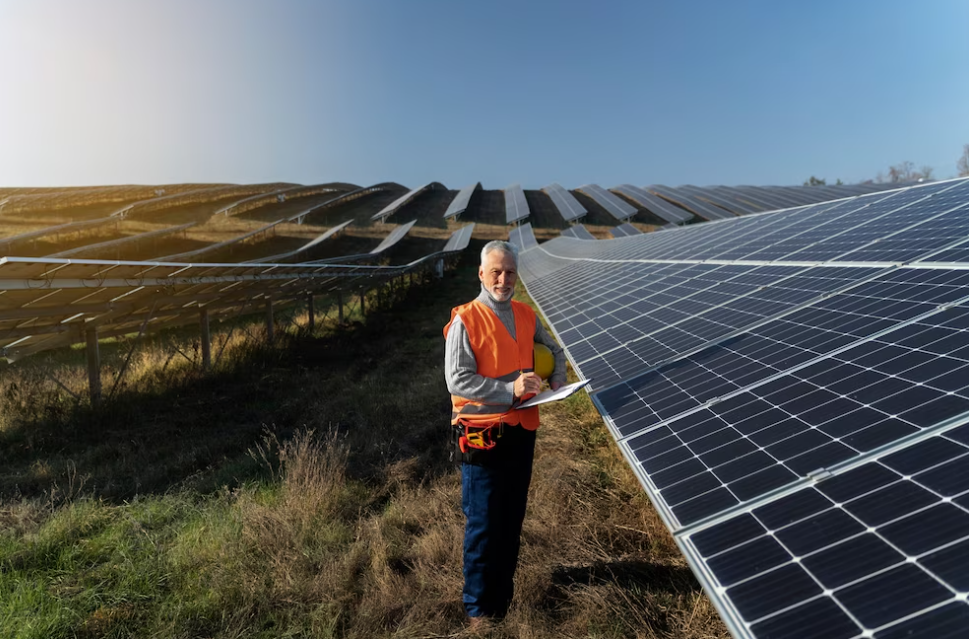As solar energy’s popularity surges and its future shines brightly, it’s essential to explore its captivating past. Who were the visionary pioneers behind this eco-friendly invention, powering our homes with clean electricity? Unravel the stories of those who paved the way for a greener and more sustainable energy revolution.
The Founders of Solar Power
Solar power, an age-old innovation, has an intriguing history that extends far beyond modern times. As early as the 7th century B.C., ancient civilizations utilized magnifying glasses to harness sunlight for cooking, showcasing the early ingenuity surrounding solar energy.
During the 19th century, a remarkable breakthrough occurred in France when Edmond Becquerel discovered the photovoltaic effect. This groundbreaking concept involved generating voltage and electricity from materials exposed to light, laying the foundational principle for all modern solar panels.
The profound impact of the photovoltaic effect spurred scientific curiosity, inspiring inventors to delve into solar-powered creations. French mathematician Augustin Mouchot’s registration of solar-powered engines in the 1860s marked an essential milestone, and by 1888, similar machines emerged worldwide.
This marked the inception of the historic journey of solar power, laying the groundwork for the sustainable energy revolution that continues to shape our present and future. Embrace the rich heritage of solar energy as it emerges from the annals of time, illuminating our path toward a greener and more sustainable world.
Unveiling the Origins of the First Solar Cell
- Solar panels, comprising tiny solar cells, have a rich history dating back to 1888;
- The first photoelectric solar cell was invented by Russian scientist Aleksandr Stoletov, and it was closely related to the photovoltaic effect observed by German physicist Heinrich Hertz.
When sunlight interacts with the panel’s surface, it liberates electrons from the silicon material, initiating their movement towards the opposite side. This dynamic process generates an electrical voltage, ultimately empowering your home with clean and sustainable electricity.
The 1888 solar cell operated on a comparable principle, though it lacked the use of silicon as in contemporary panels. Over time, scientists made remarkable strides by harnessing the photoelectric effect, significantly enhancing cell efficiency. This ingenious technique facilitated the conversion of sunlight into electrical current, paving the way for more efficient and potent solar panels.
With the incorporation of thermopiles, scientists achieved a remarkable feat, producing not only light and heat but also electricity. This groundbreaking advancement ushered in a new era of panel technology, propelling solar energy to greater heights in its journey toward an environmentally friendly future.

The Origins of Solar Panels
- Charles Fritts, the solar cell pioneer, crafted an early version using selenium. The year 1884 saw the birth of the first rooftop solar construction in New York City. However, it became apparent that selenium cells were not cost-effective;
- In 1941, Russel Ohl made a breakthrough by substituting selenium with silicon;
- By the 1960s, his silicon cells achieved 5% efficiency, a significant advancement.
Today, these cells can reach up to 22% efficiency, signifying the amount of solar energy a system can convert into usable energy. The journey of solar panel evolution continues, driving us towards more sustainable and efficient energy solutions.
Conclusion
Solar power boasts a rich history that extends back to ancient civilizations, who harnessed it for heat, light, and fire, unknowingly setting the stage for its future significance. The 1800s witnessed the rise of early solar panel ancestors, thanks to the pioneering work of French, German, and Russian scientists, laying the groundwork for the modern solar constructions we benefit from today.
However, the true turning point in solar panel history occurred with Russel Ohl’s groundbreaking contribution in 1941. By harnessing the potential of silicon, he unlocked a new era of advanced and contemporary solar-powered structures that propel us toward a greener and more sustainable energy future. This journey of innovation continues to evolve, as we explore ever-improving ways to harness the boundless energy of the sun.








